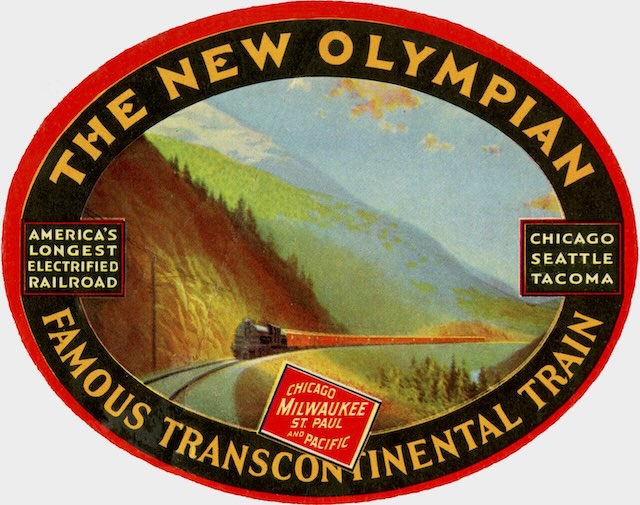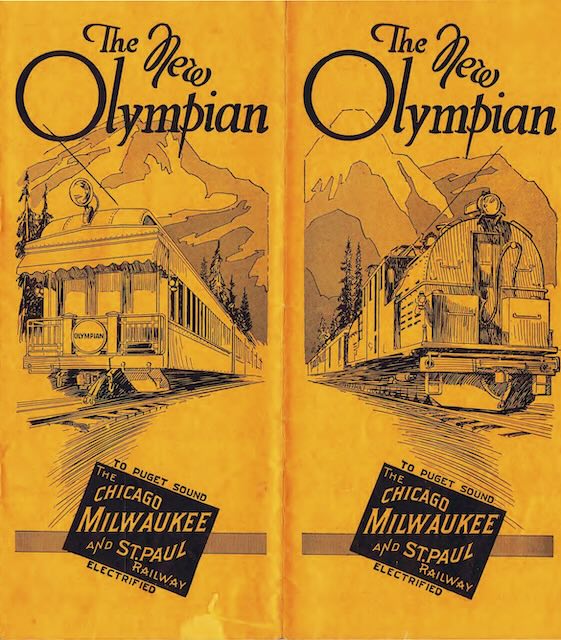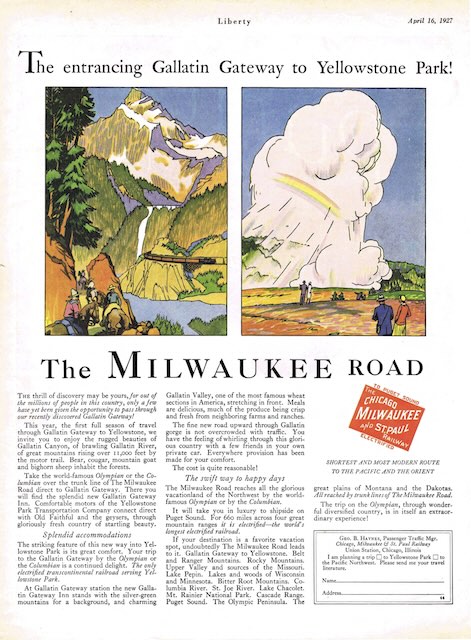The Milwaukee Road Olympian was named after the Olympic Mountains of northwest Washington, but in 1932 a very different Olympics were held in Los Angeles. This Milwaukee brochure takes advantage of this to compare the railroad’s premiere train with the champions of the Olympics.
 Click image to download a 3.0-MB PDF of this brochure.
Click image to download a 3.0-MB PDF of this brochure.
“Comparable to the champion of Olympic champions is America’s premier transcontinental train,” says the brochure, “which fittingly takes its name from the same mythology.” This was true only in the sense that the Olympic Mountains were based on the same mythology. The International Olympic Committee, which was created in 1894, must not have been as vigorous about protecting its brand identity in 1932 as it is today, as there is no indication in this brochure that the Milwaukee Road was a sponsor of the Olympics or otherwise had paid to be able to mention the Olympics in this advertisement. Continue reading









